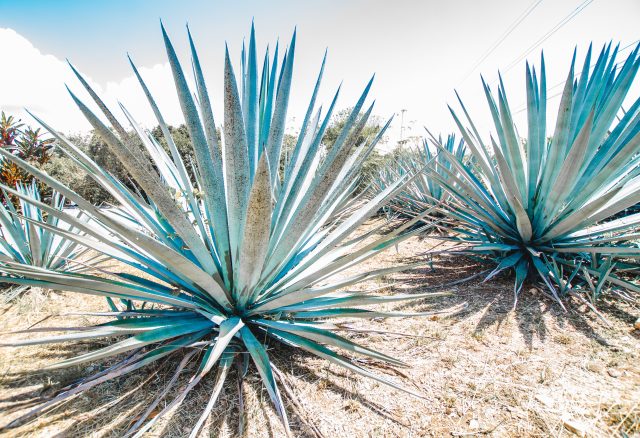More evidence agave spirits will prosper in California
By Jessica MasonCalifornians are continuing to farm more agave for spirits to avoid the state’s droughts and groundwater limits.

The Californian trend to grow agave, which thrives on almost no water, can be harvested and used to make spirits, like the way Tequila and mezcal are made in Mexico. According to reports, the farming trend continues to be fueled by the need to find hardy crops that don’t need much water after years of droughts and a need to scale back on groundwater pumping.
Speaking about the rise in farmers looking to grow agave plants rather than other crops, agave spirits expert and consultant, Erlinda A. Doherty, told The Washington Times: “We seem to have this insatiable thirst for agave, so why not have a domestically grown supply?”
Tequila and mezcal were the second-fastest growing spirit category in the country in 2022, according to the Distilled Spirits Council of the United States, however both are proprietary spirits under Mexican laws, recognised in US trade agreements. Anything called Tequila must contain at least 51% blue Weber agave and be distilled in Jalisco or a handful of other Mexican states. Mezcal can be made from a variety of agave types but must be produced in certain Mexican states.
Despite these restrictions, as demand for agave spirits continues to soar. For instance, the mezcal market is projected to reach US$ 1,136.55 million by 2027, according to recrnt data forecasting its rise. With this in mind. the opportunities to create other destination-specific agave spirits is catching on. That said, the Tequila and Mezcal industries in Mexico have said they can fulfil demand without other farmers elsewhere intervening. A move that would otherwise be seen as a threat to a long-established industry and one that could result in the cannabilisaton of the category.
Speaking about the popularity of agave spirits, Alfonso Mojica Navarro, director of the Mexican Chamber of the Tequila Industry, has assured that Mexico can respond to the growing demand without other regions trying to get a slice of the action.
Mojica Navarro said: “The Tequila industry is concerned…there are more players trying to take advantage of Tequila’s success by producing agave spirits, liqueurs or other beverages that allude to the Mexican drink, its origins and characteristics, despite not being the same”.
Ventura Spirits owner Henry Tarmy, who distilled his first batch of agave spirits in California five years ago, observed that such businesses can be a success in the sunshine state. Tarmy admitted that business is good and revealed: “We’ve sold everything we’ve made.”
Speaking to the drinks business, Agave Society founder N.R. Jenzen-Jones, stated: “There is no reason agave can’t be grown successfully in many different states, or indeed in many different countries around the world.”
Partner Content
Now, similar to Mexico, California is beginning to take steps to protect its nascent industry with the state legislature enacting a law last year requiring “California agave spirits” be made solely with plants grown in the state and without additives.
Added to this, last year, around a dozen growers and a handful of distillers also formed what is now known as the California Agave Council and, since its formation, the group has tripled in size.
California Agave Council founding director Craig Reynolds said: “We have about 45 member growers. All of them want more plants.”
While rain and snowfall over the winter mostly ended a three-year drought in California, there are more dry periods anticipated and nearly a decade ago the state enacted a law to regulate groundwater after reports stated that excessive pumping had led some residents’ wells to run dry and the land to sink.
Stuart Woolf, who previously only grew tomatoes and almonds in the Central Valley, explained that he had only started thinking about agave after estimating he’ll only be able to farm about 60% of his land in 20 years due to water limitations, despite investing in solar energy and groundwater recharge projects.
Woolf revealed that he has since gone on to plant some 200,000 agave on his land which he said therwise would have fallowed and, as such, each acre of agave is prospering even in drought conditions since it is taking as little as three inches of water per year.
Woolf explained: “I have been trying to figure out what is a crop that I can grow that is somewhat climate-resilient [and] drought-tolerant, so I can utilise our land.”
The answer he has found is simply to keep farming agave. After all, the crops were proving to be resistant to climate issues and also answered the groundwater limitations now imposed upon Californian farmers.
He insisted that the solution to farm agave was, essentially, a way to future-proof his livelihood and added: “The amount of water I am giving them [the agave plants] is so low, I don’t think I am ever going to have a problem.”
Related news
US wine bodies lobby Congress for answers
America’s top 50 craft breweries
South Australia wine exports to China reach post-tariff high




